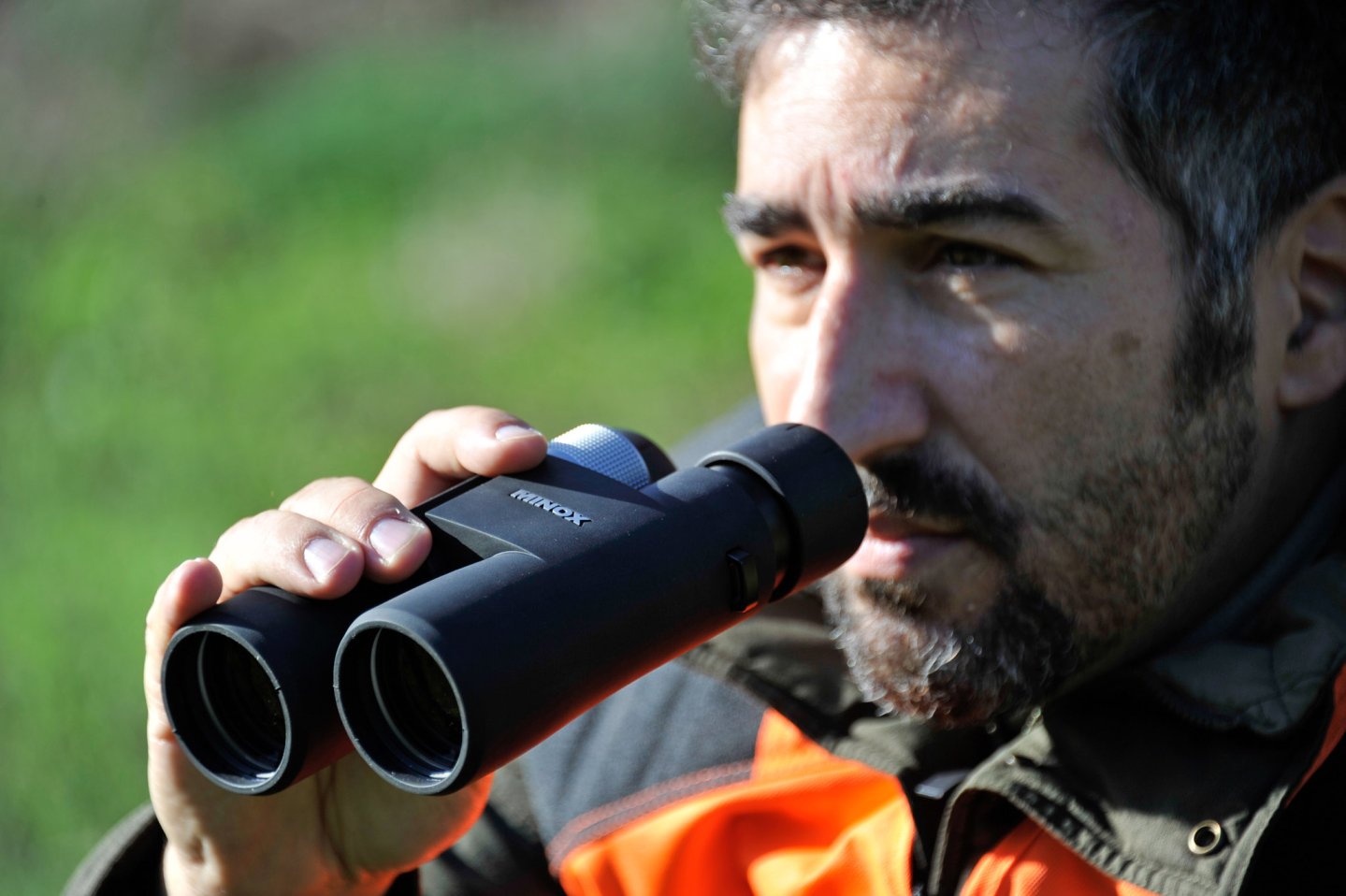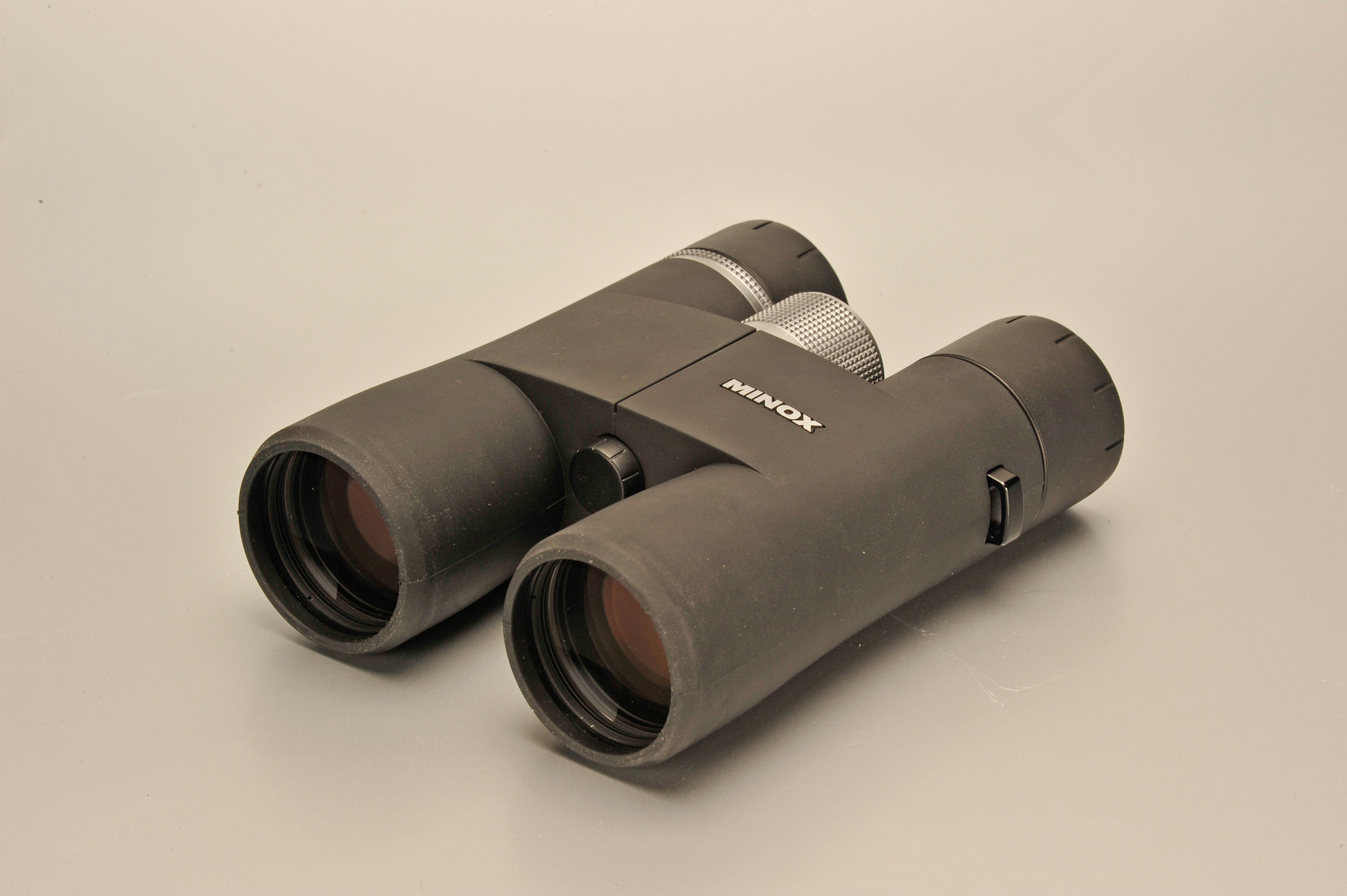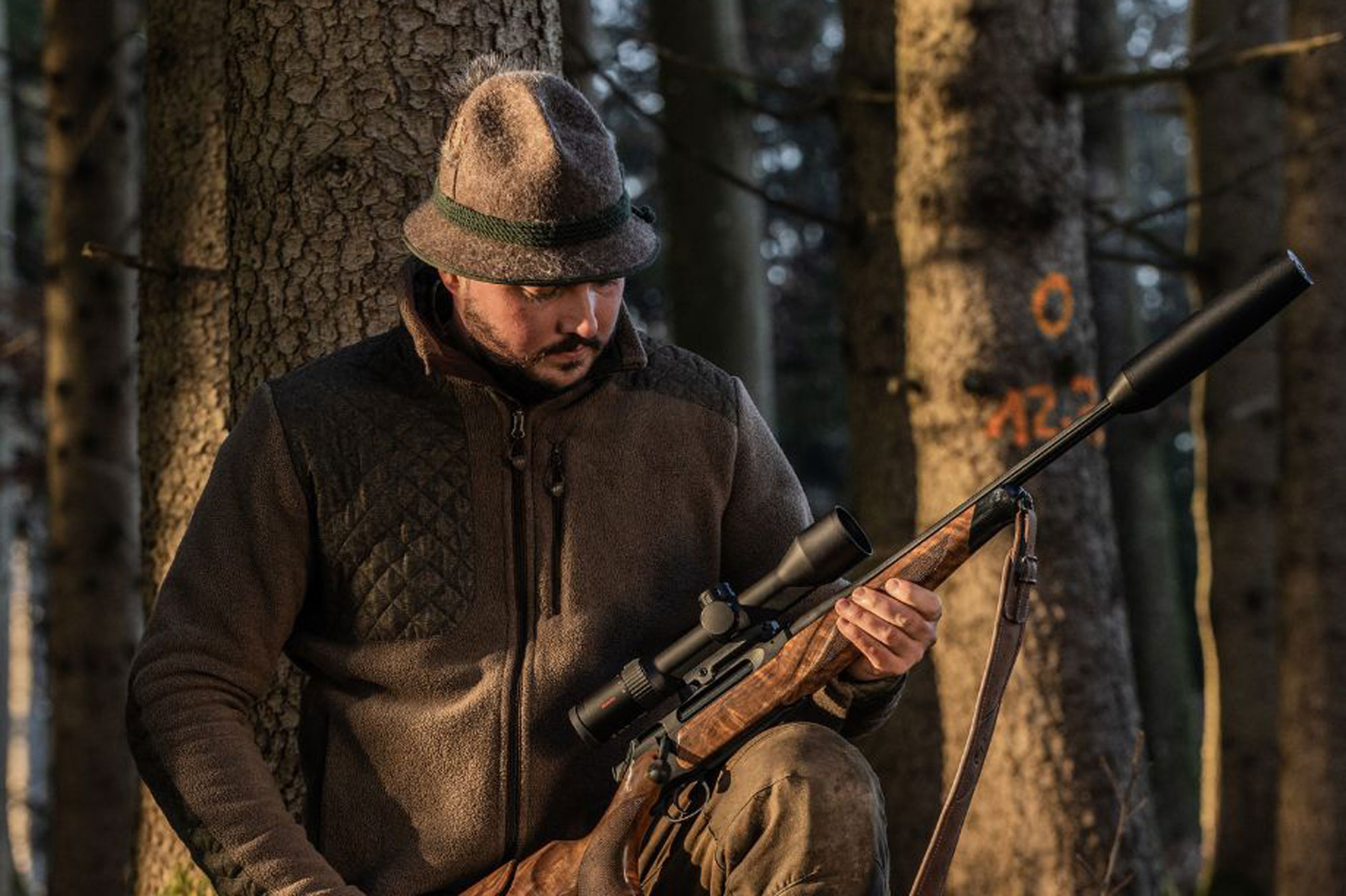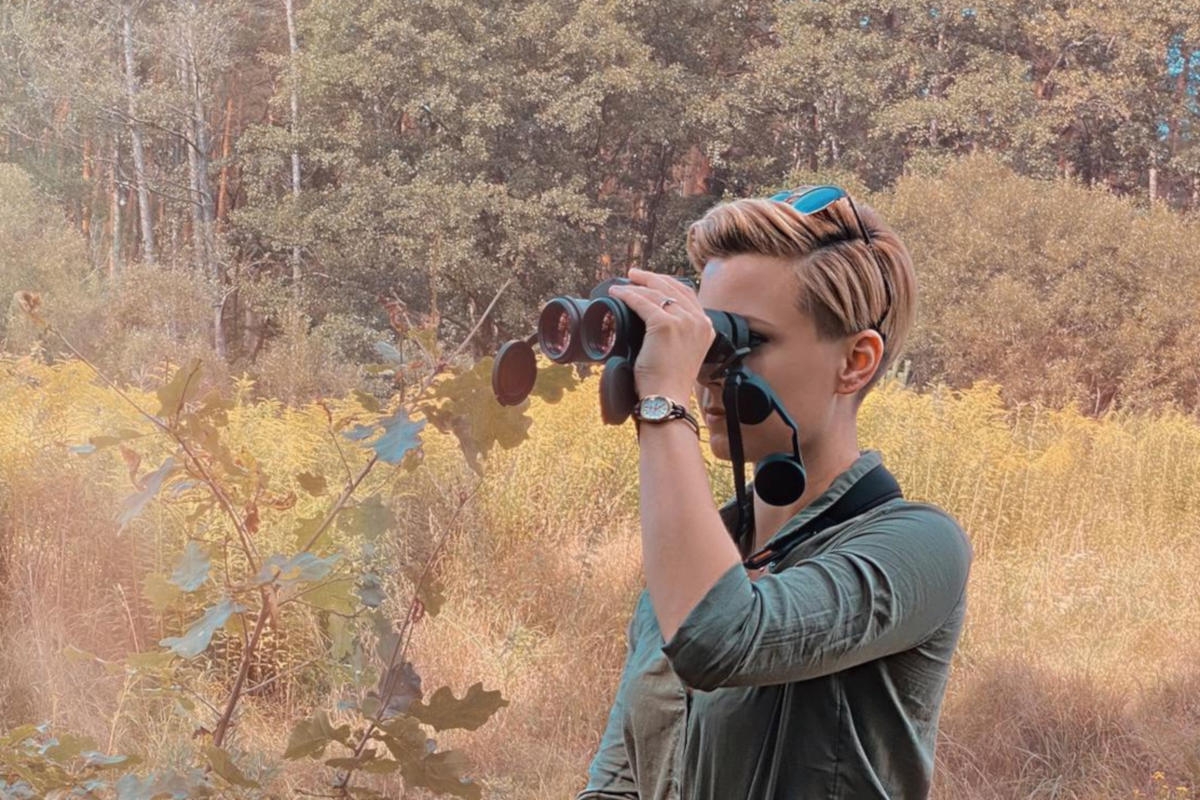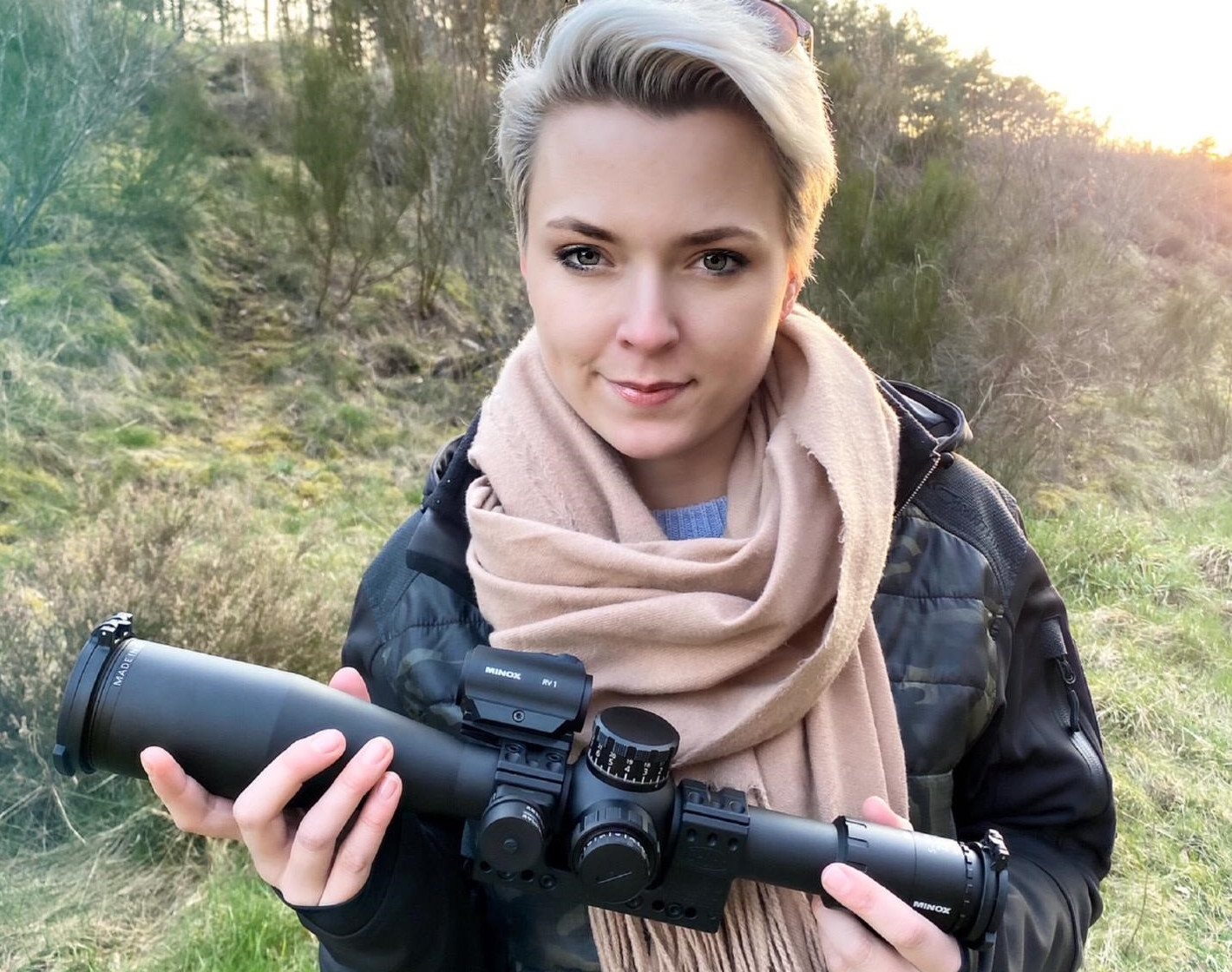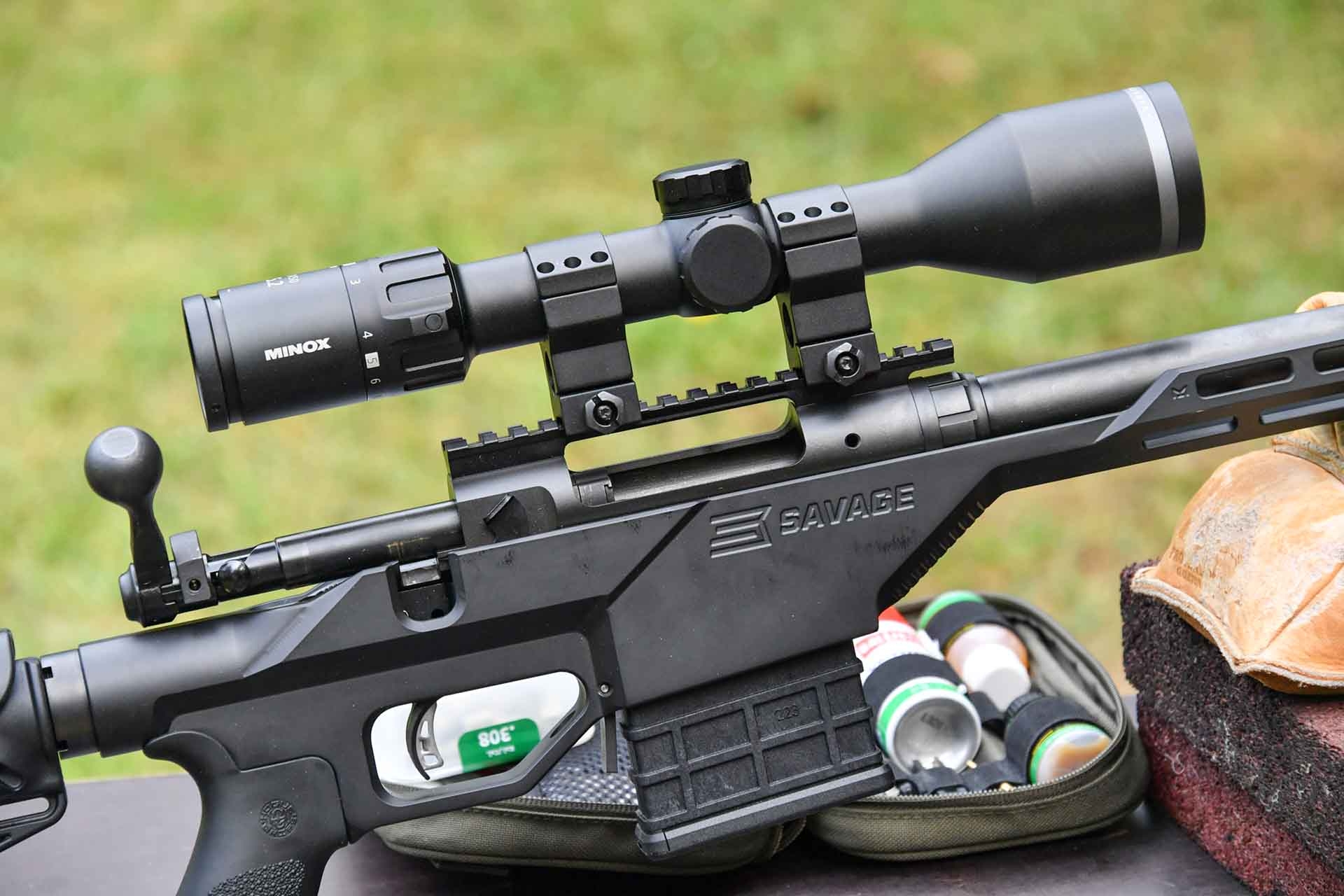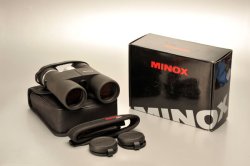
Minox is a brand that has written Photography history: the giant in all, but size – which is actually minuscule even by today’s “pursuit of miniaturization” standards - photo camera that Walter Zapp designed in the 30’s became, practically overnight, a status symbol of absolute quality, portability and reliability.
This same concepts, of quality, compactness and ease of use are present in the Minox HG 8x43 binocular.
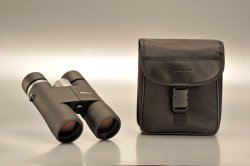
The instrument is definitely interesting: the rubber covered Magnesium alloy body features a streamlined and elegant profile, that we found to be lightweight and ergonomic, with a very accessible central focusing knob that includes the patented and super-fast FCF (standing for Fast-Close-Focus) mechanism which allows a 20-25% reduction in the knob rotation to move from the nearest focusing distance to infinity – in practical terms, a single 360° rotation of the knob.
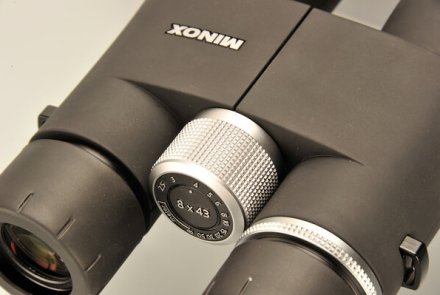
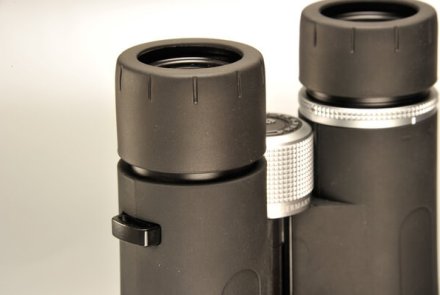
The sleek body is not only stylish and trendy (as many other Minox products, the binocular was designed by Volkswagen Design), it is also very comfortable to hold and manipulate during use, both by small and large hands. It is Argon filled, an inert gas akin to Nitrogen that has a larger molecular size, which means it is less prone to leak out of the instrument thru the inevitable microfissures that develop in time. The large diameter eyepieces feature a measured 17,5 mm eye relief (vs. the specified 18), and the prescription glasses-safe rubberized telescopic eyecups can be completely extracted with a 45° rotation.
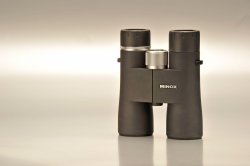
The box is quite basic, and it contains the binocular, a medium quality Cordura case with leatherette trims and fastex latch, a decent padded neck strap, a pair of removable front objective caps and a Bikini eyepiece cover, and the instruction manual.
The Minox HG 8x43 features magnificent light transmission figures, with a very low baseline deviation among the two telescopes of only 2%, thanks to a careful implementation of a Schmidt-Pechan roof prism optical scheme which uses premium Schott glass.
Each glass element is treated with M*Coating: 21 layers coating each surface of each single lens, except the prisms, which are treated with the MinoBright process. The veiling glare figures are also excellent.
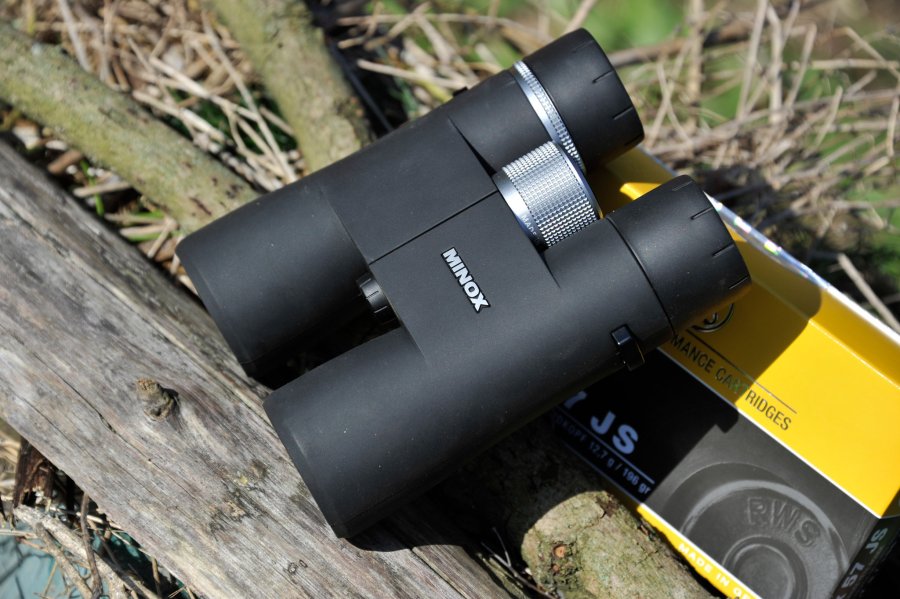
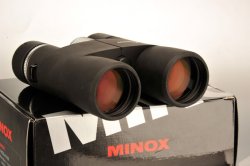
Diopter adjustment has a range of +/- 2 dpt, and is performed rotating the knurled ring on the right telescope eyepiece: it incorporates a locking feature, so that no accidental rotation can be possible, and at the same time the adjustment is smooth and effortless.
Low temperature tests revealed a tendency of the central bridge hinge to stiffen considerably.
During our subjective field tests, the Minox HG 8x43 performed extremely well; we appreciated the lightness of the binocular body, and the near perfect smoothness and precision of the focusing knob.
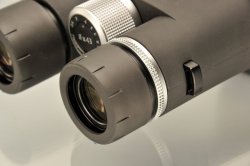
Perceived contrast and definition are superb, and color rendition/saturation is excellent: the image is bright and sharp.
We found only limited secondary spectrum fringing at the very edge of the observed FOV, noticeable only when observing very high contrast objects, i.e. tree limbs against full daylight sky – and then, only if the user is searching for the defect. Coma is also very limited and basically non-existent over the middle ¾ area, making these binos also suitable for stargazing.
Darkening at the FOV rim is modest, peripheral softness is bearable and limited to the 10% or so of the FOV edge.


